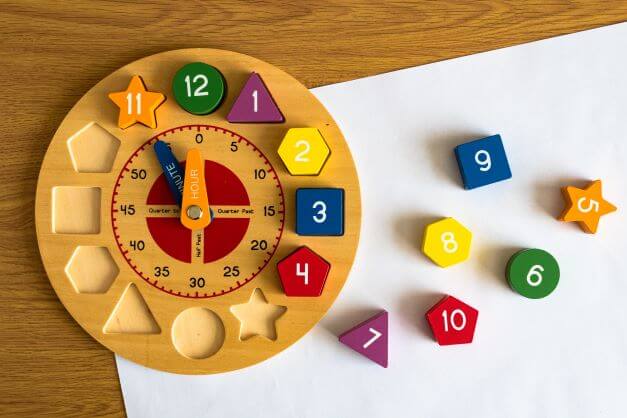- Empty cart.
- Continue Shopping
How to Choose the Right Educational Toys for Children

Selecting toys for children can be more than just a fun activity; it can be an investment in their development. Educational toys offer a unique blend of play and learning, but with a plethora of options available, choosing the right ones can be overwhelming.
Why Educational Toys Matter
Cognitive Development
Educational toys can stimulate a child’s curiosity and help develop problem-solving skills. Toys like puzzles or building blocks encourage logical thinking and pattern recognition.
Motor Skills
Toys that require manipulation, like stacking rings or art supplies, can help improve fine motor skills and hand-eye coordination.
Social Skills
Board games and role-playing sets can teach children about teamwork, sharing, and empathy, helping them navigate social situations.
Language Skills
Reading-based toys or those that encourage verbal interaction can help in the development of language skills, enriching a child’s vocabulary and understanding of sentence structure.
Factors to Consider
Age Appropriateness
Always check the age recommendations on the toy packaging. Toys that are too advanced may frustrate younger children, while those that are too simple may not engage older kids.
Safety
Look for toys made from non-toxic materials and ensure they don’t have small parts that could be a choking hazard for younger children.
Interests
Consider the child’s interests and hobbies. A toy that aligns with what a child already enjoys is more likely to be used and appreciated.
Longevity
Opt for toys that can grow with the child, offering different levels of complexity or multiple ways to play.
Types of Educational Toys
STEM Toys
These toys focus on Science, Technology, Engineering, and Math, offering hands-on experience with these subjects.
Artistic Toys
Craft sets, painting supplies, and musical instruments can help develop a child’s creativity and fine motor skills.
Active Play Toys
Sports equipment or outdoor playsets encourage physical activity, which is crucial for a child’s overall development.
Language and Literacy Toys
Alphabet puzzles, interactive books, and language learning apps can enhance reading and writing skills.
Conclusion
Choosing the right educational toys for children is a task that requires thoughtful consideration of various factors, from age appropriateness to the child’s interests. By opting for toys that are not only fun but also educational, you’re investing in a child’s holistic development.
Remember, the best educational toys are those that offer a balance of play and learning, keeping the child engaged while also enriching their skills and knowledge. After all, the ultimate goal is to make learning enjoyable, setting the foundation for a lifelong love of discovery.








